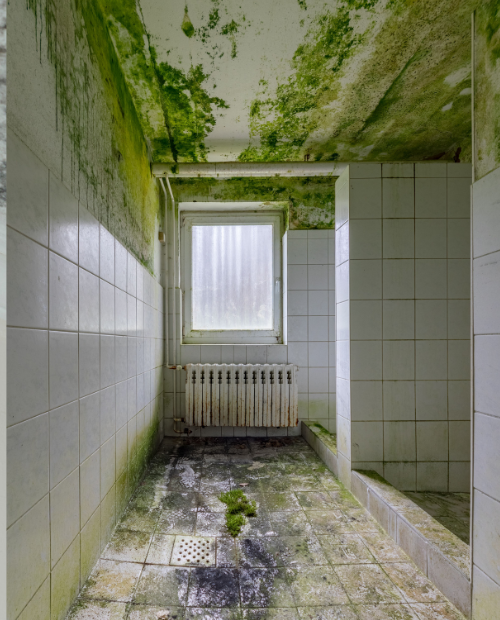Does homeowners’ insurance cover lead paint removal?
Summary Most homeowners’ insurance policies do not cover lead paint removal because insurers classify lead hazards as long-term maintenance issues rather than sudden, accidental damage. Coverage may apply only in narrow scenarios involving accidental contamination or if additional endorsements were purchased. NYC-area remediation firms like HiTech NYC emphasize that lead abatement is considered a property-safety upgrade, not an insured repair, which means owners generally need to plan for out-of-pocket costs. A home can sparkle with charm, but if its walls still harbor lead-based paint, that charm comes with a side of complicated paperwork. The insurance world treats lead like an uninvited guest who has overstayed since 1978, and your policy usually pretends not to see it. Yet homeowners continue to wonder whether remediation qualifies for coverage, especially in renovation-heavy cities like New York. Let’s pull apart the threads and see how the rules really work. Does homeowners’ insurance ever cover lead paint issues? Insurers tend to tiptoe around lead the… Read More »Does homeowners’ insurance cover lead paint removal?






